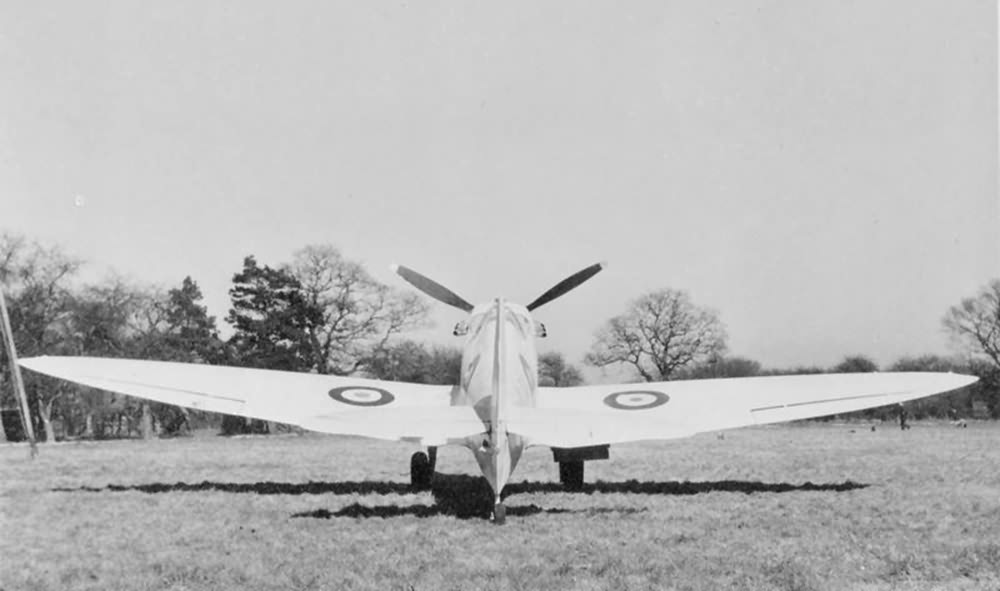Photo-reconnaissance Spitfires were crucial during the period from 1939 to 1945 and beyond, with numerous variants being produced both through modifications and new builds. The initial conversions of Spitfire Is began in late 1939 (refer to the “Birth of the PR Spitfire” breakout box). Early reconnaissance models of the Spitfire were initially given alphabetical designations and later received numerical ones, some of which were officially recognized while others were not. Spitfires based on the Mk.I were often grouped under the Spitfire PR.III label, although other designations were also used. The various early photo-reconnaissance Spitfires are detailed below.
PR Type A (PR.IA): This model was a basic conversion of the Spitfire I, featuring the standard 85 imperial gallons (386 liters) fuel capacity and two F.24 cameras mounted under the wings. This classification applied to the first two conversions.
PR Type B (PR.IB): This variant was similar to Type A but included an additional fuel tank in the rear fuselage, increasing the total fuel capacity to 114 imperial gallons (518 liters). The first deliveries of this type began in January 1940.
PR Type C (PR.IC): This model featured two F.24 cameras housed in a blister under the starboard wing and one camera in the rear fuselage, along with an extra fuel tank under the port wing, bringing the total fuel capacity to 144 imperial gallons (655 liters). Deliveries commenced in March 1940, with 15 conversions performed by Heston Aircraft and the RAE Farnborough; it was sometimes referred to as the PR.III.
PR Type D (PR.ID): Designed for extended range, this version included a redesigned wing internal structure with an extra 66.5 imperial gallons (302 liters) in each leading edge, resulting in a total capacity of 218 imperial gallons (991 liters). It also had additional engine oil storage in a blister under the port wing and two F.8 or F.24 cameras in the rear fuselage for overlapping imagery. This model served as the basis for the new production PR.IV, and later converted Type Ds were often designated as PR.IV.
PR Type E (PR.IE): This was a single conversion (N3117) with a fuel capacity similar to the Type B and one oblique F.24 camera under each wing, optimized for low-altitude photography. It was occasionally referred to as the PR.V.
PR Type F (PR.IF): This variant featured underwing and rear fuselage fuel tanks, increasing the total capacity to 174 imperial gallons (791 liters), and had a deepened lower cowling for additional oil capacity. It was equipped with two vertical F.24 cameras in the fuselage. Conversions by Heston Aircraft in 1941-42 were based on new production units from Supermarine and were sometimes classified as PR.VI, occasionally included within the PR.IV designation.
